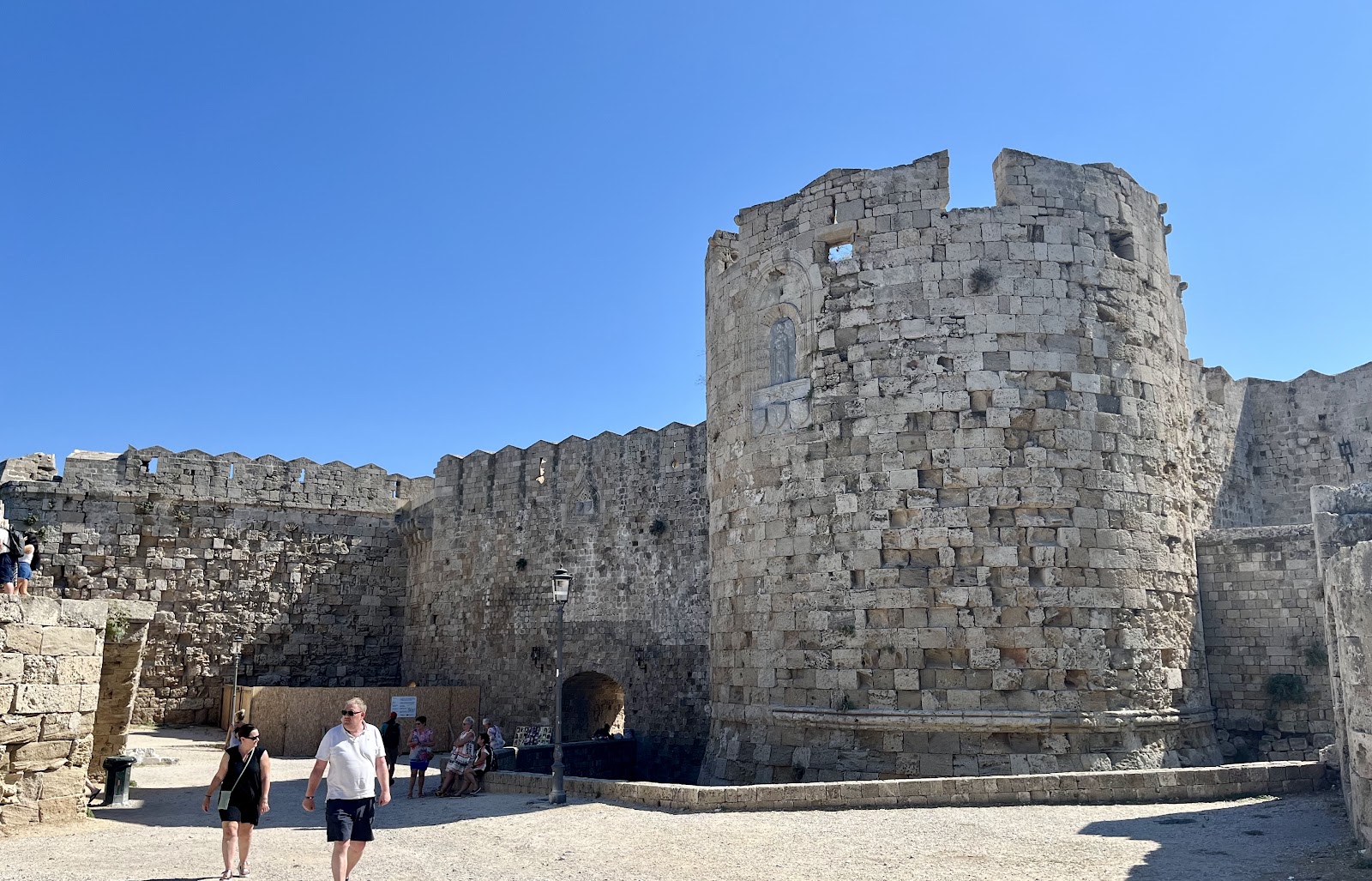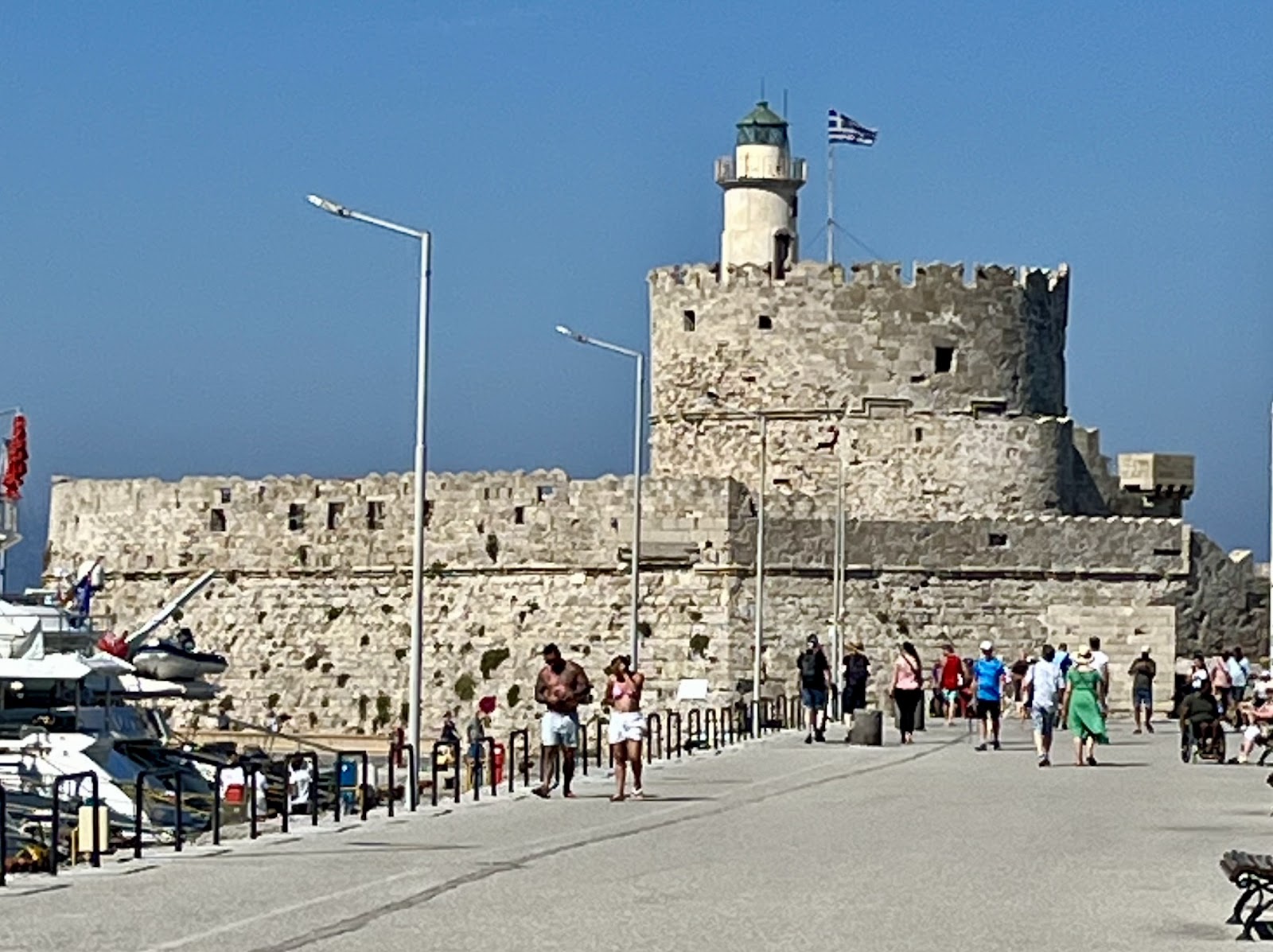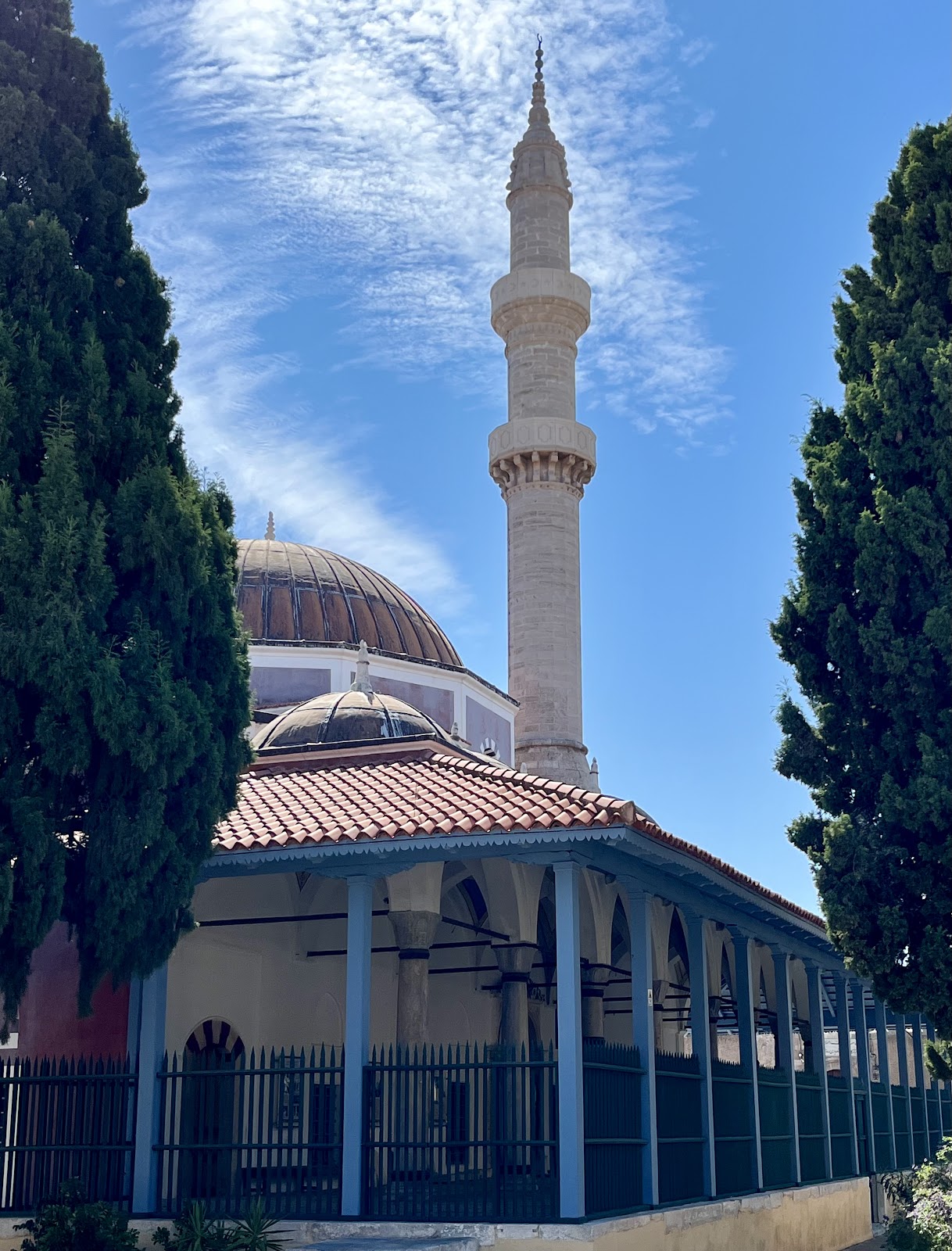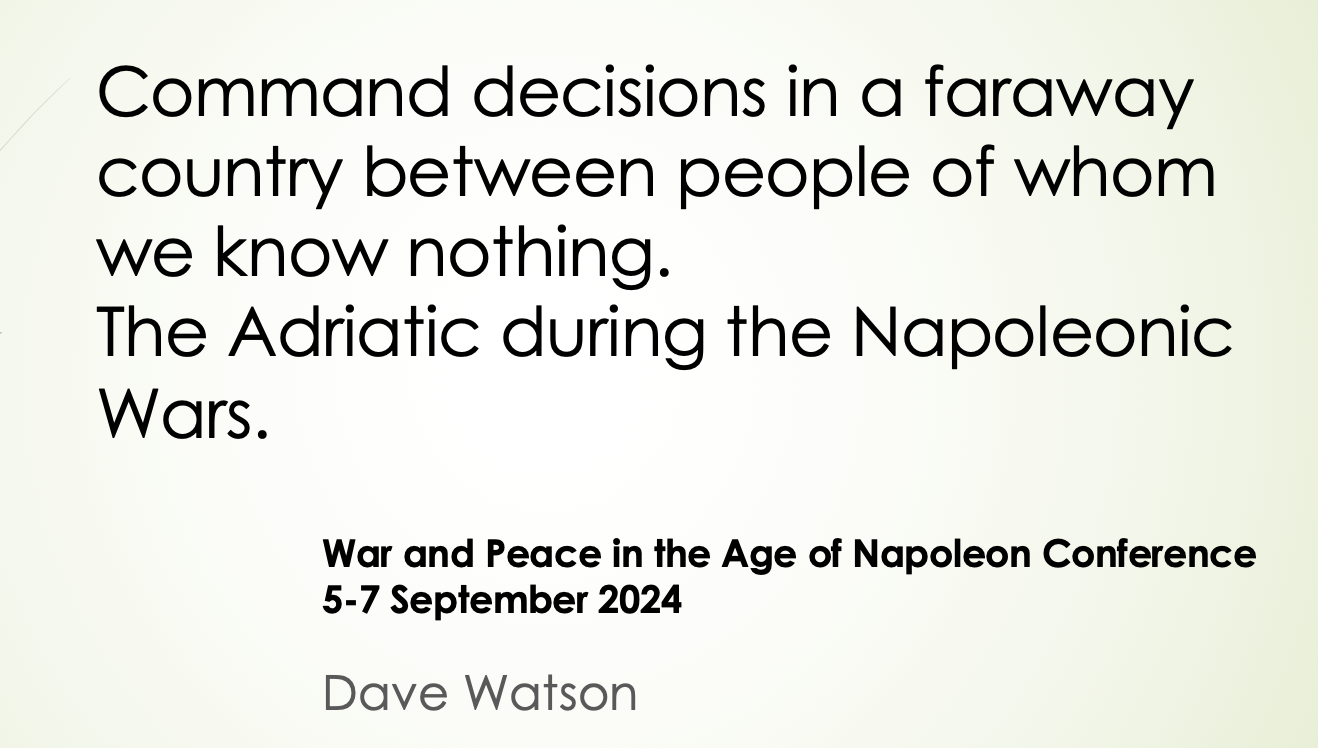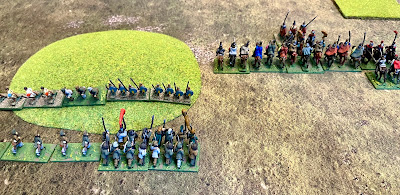This is a new title in the Osprey Campaign series by Grant Harward. While Romania's role as a German ally against the Soviet Union has been well covered, the actions just before and after switching sides in 1944 are less well-known. While they are mentioned in books on the Hungarian campaign, a book in this concise format is very welcome. David Glantz's Red Storm Over the Balkans: The Failed Soviet Invasion of Romania, Spring 1944, is excellent, but not for the faint-hearted!
Grant starts with a concise overview of how Romania entered WW2, reminding us that it wasn't inevitable that they joined the Axis and got little thanks territorially. Romania was essential to the German war effort providing most of the oil for the Nazi war machine. The King also made peace overtures after Italy surrendered in 1943.
The Soviets arrived in March 1944 while many of the best Romanian troops were still in Crimea, supported by Allied bombing. Even so, the Romanian front saw heavy fighting, and the Soviets had to allocate additional forces and a second offensive to break through. By the end of August, the King led a coup against Marshal Ion Antonescu and quickly declared war on Germany. A German-led counter-coup failed. An excellent little detail in the book is when the King arrested Antonescu and his deputy, both were locked in a large wall safe where King Carol II used to keep his stamp collection. German resistance continued, particularly the 5th Flak division around the vital Ploesti oilfields.
The Soviets fully secured Romania on 12 September, and the Soviet–Romanian Armistice consisted of 20 articles requiring Romania, among other things, to provide 12 divisions to fight Nazi Germany. Romania’s holy war against ‘Judeo-Bolshevism’ became an ‘anti-fascist crusade’. The action shifted to Transylvania, with all Romanian units allocated to the 2nd Ukrainian Front, which helped defeat a joint Hungarian and German counterattack. These were mainly cobbled-together units of young recruits, other than the Soviet 1st Tudor Vladimirescu Romanian Volunteer Infantry Division, recruited from POWs. This Front eventually overran Hungary, but that is another campaign.
As is usual with the Osprey Campaign format, we get biographies of the principal commanders of the Romanian, German, Soviet, and American 15th Air Force operating from Italy. Then, the opposing forces, including detailed orbats for the defence of Romania in August 1944. The chapter on opposing plans reminds us that USAAF bombers also operated from Soviet airfields. The Soviet naval landings on the Black Sea coast are another interesting aspect of this campaign. The campaigns are all explained with excellent maps and illustrated with action colour plates by Johnny Shumate. There isn't much on the Romanian forces because another Osprey on the Romanian Army in WW2 provides that detail.
The former battlefield of the second Iaşi–Chişinău offensive today stretches across three countries: Romania, the Republic of Moldova, and Ukraine. The chapter on the battlefields today provides a valuable starter for the visitor, including Bucharest and Transylvania. I haven't been there for years, and I should return.
For the wargamer, Romanian WW2 troops are available in most scales. I have them in 15mm, and the Great Escape Games range in 28mm is good. They come in mixed packs with helmets and caps, the latter of which I pinched for my WW2 Turks.



